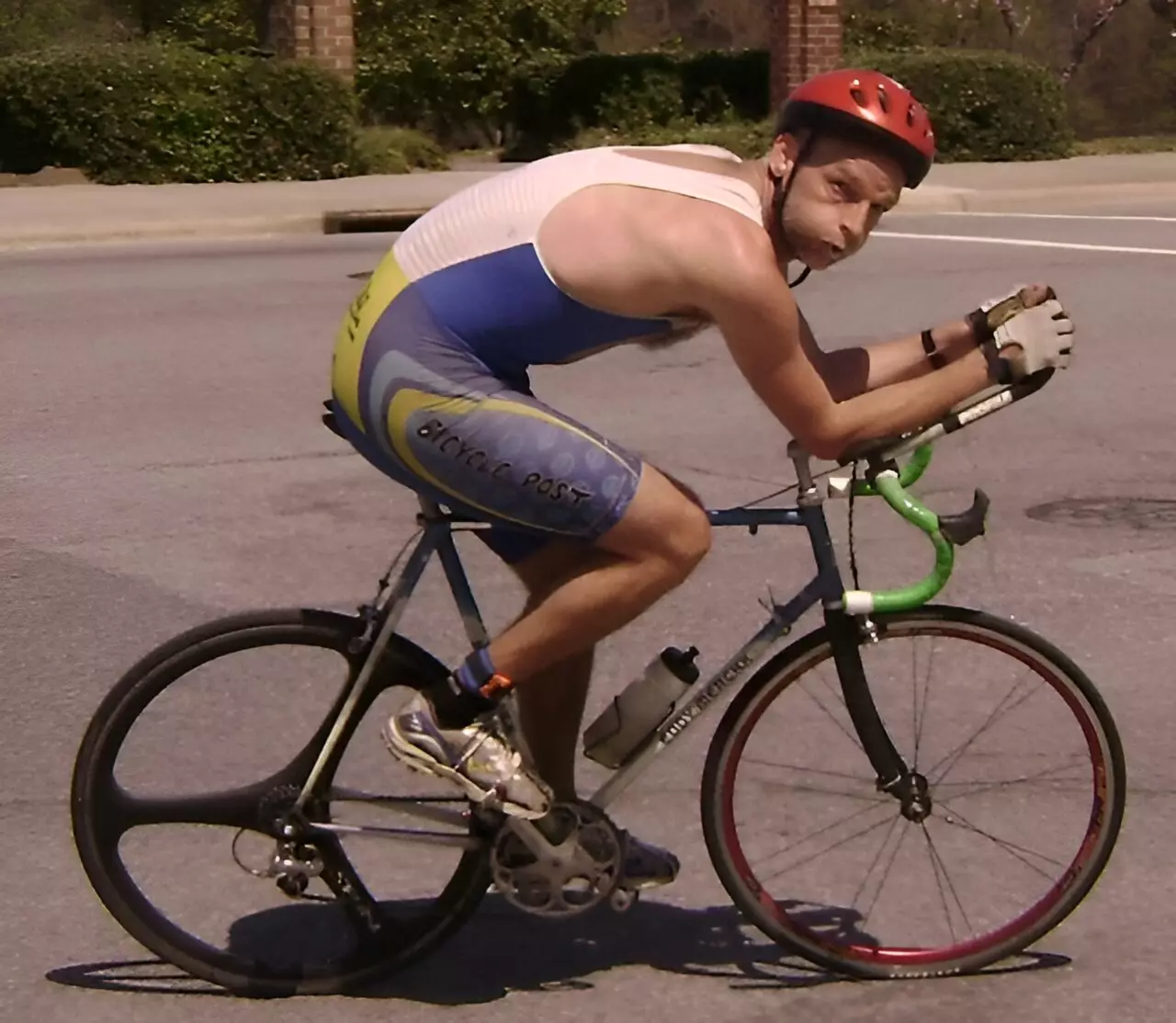Cycling has evolved into a sport that combines not only physical endurance but also significant technical and scientific understanding. Among the most challenging feats a cyclist can undertake is “Everesting,” which requires riders to ascend and descend the same mountain until their total elevation gain equals that of Mount Everest, famously standing at 8,848 meters. This form of cycling challenge has sparked debates beyond mere athletic prowess—particularly concerning how external factors like wind may affect performance.
The concept of Everesting is nothing short of daunting. To achieve this, cyclists must select a hill and repeatedly climb it until they reach the cumulative elevation of Everest. The sheer physical demand of such a venture tests the limits of human endurance. Recently, a cyclist set a new record, igniting heated discussions on social media platforms regarding the potential advantages that a strong tailwind provided during the climbs. With wind speeds of 5.5 meters per second—equivalent to about 20 kilometers per hour—it was argued that these favorable conditions could offer a significant edge.
However, this isolated instance raised questions about whether there’s a need for regulations concerning wind speeds during these challenges. The cycling community found itself at a crossroads, debating the legitimacy of records set under variable conditions. This controversy reached a new dimension when Martin Bier, a physics professor at East Carolina University, offered his insights on the matter, revealing the nuances of physics in the context of cycling.
Professor Bier’s analysis hinges on the fundamental physics underlying cycling. He posits that, from a mechanical perspective, cycling is considerably more straightforward to evaluate than running. In running, an athlete must contend with repeated acceleration and deceleration, complicating the dynamics of motion. Conversely, cycling operates under consistent momentum and efficiency, rendering it a smoother endeavor focused primarily against gravity and friction.
An essential consideration Bier highlights is the impact of air resistance, which escalates with the square of speed. This relationship implies that when a cyclist increases their velocity, the required power input grows disproportionately. For instance, to double one’s speed, the effort needed quadruples; tripling the speed requires an almost exponential surge in energy output. This principle becomes particularly relevant on flat terrain and downhill slopes, where air resistance is a critical determinant of speed.
However, during uphill climbs—a core component of the Everesting challenge—cyclists do not encounter the same degree of air resistance. This phenomenon occurs because their speeds tend to be significantly lower when ascending, making the gravitational pull the primary barrier to progress. Bier noted that this is why cyclists often gain a competitive advantage during climbs; the increased power output translates to tangible gains in speed.
Diving deeper into the Everesting records and the discourse surrounding wind effects, Bier’s findings suggest that while a tailwind can marginally assist a cyclist on the ascent, the overall advantage pales in comparison to the gravitational forces they must overcome. The calculations are simplified in a solo riding context where external factors are minimized. The cyclist’s effort can be broken down into manageable factors: power in watts, resistance from gravity, and any influence from external wind conditions.
While it may seem intuitive that a tailwind could flatten the sense of an uphill challenge, Bier clarifies that this perception is misleading due to the complex interplay of speed, air resistance, and inclination. The transient benefits a rider might gain from a tailwind during ascents are largely counterbalanced by the headwind encountered during the descent. As the cyclist descends quickly—often reaching speeds around 80 kilometers per hour—air resistance again becomes a dominant factor that can significantly slow them down.
Bier concludes that aspiring Everesters should not hinge their hopes on favorable weather conditions to boost their records. His research emphasizes that instead of seeking out ideal wind conditions, cyclists focused on improving their performance should concentrate on factors within their control—namely optimizing their power outputs and minimizing body weight.
In essence, Bier’s scientific inquiry serves as a reminder that the challenges of cycling, and specifically Everesting, extend far beyond external conditions. While wind may play a role, the decisive elements boil down to the athlete’s physical capabilities, strategic planning, and sheer determination. For those looking to conquer the heights of Everest, it’s clear that hard work and preparation remain the keys to success.


Leave a Reply